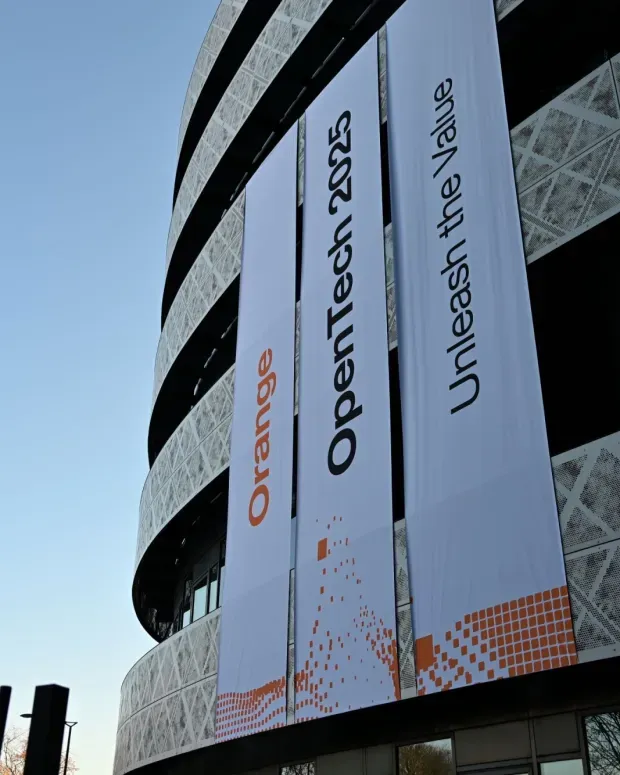What's up
Explore. Learn. Connect.




Scoring goals for digital inclusion
See more
Scoring goals for digital inclusion
European cybersecurity: how Europe is protecting digital sovereignty
See more European cybersecurity: how Europe is protecting digital sovereignty
Supporting people is second nature to the way we work
See more
Supporting people is second nature to the way we work
Orange at IBC 2025: Championing a resilient and sovereign Internet
See more Orange at IBC 2025: Championing a resilient and sovereign Internet
Scoring goals for digital inclusion
See more
Scoring goals for digital inclusion
European cybersecurity: how Europe is protecting digital sovereignty
See more European cybersecurity: how Europe is protecting digital sovereignty
Supporting people is second nature to the way we work
See more
Supporting people is second nature to the way we work





